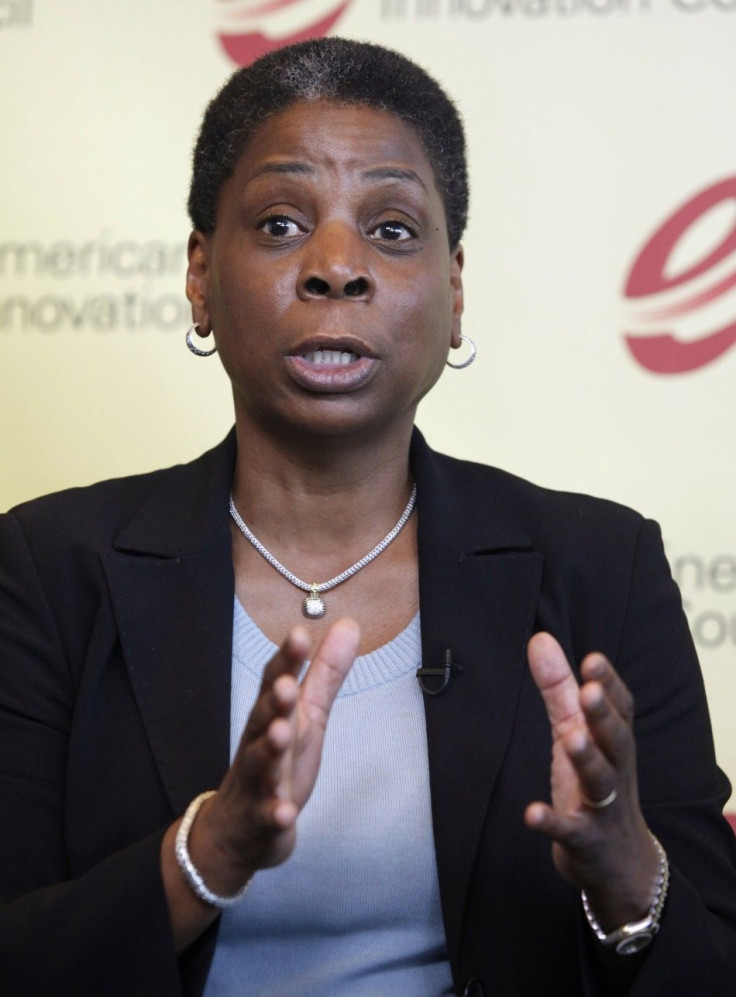Earnings Preview: Xerox 2Q Results To Decline

Chances are second-quarter results from Xerox Corp., the No. 1 copier maker that's moved increasingly into services, will be a disappointment, keeping in line with the general technology sector.
As well, despite all the hoopla concerning the election of Marissa Mayer as the second woman CEO of Yahoo (Nasdaq: YHOO), the No. 3 search engine, on Monday, Norwalk, Conn.-based Xerox has been under the firm management of two powerful women for more than a decade: Ann Mulcahy and now Ursula Burns.
Mulcahy, now 59, rescued Xerox from the financial doldrums as well as mismanagement and stepped aside for her protégé, Burns, 53, two years ago, when Burns added the chairman's job to her role as CEO.
On Friday, though, Xerox is expected to report second-quarter net income fell about 7 percent to $365.8 million, or 26 cents a share, on flat revenue of $5.59 billion.
Xerox's earnings will follow a warning by smaller rival Lexmark International Inc. (NYSE: LXK) of an earnings shortfall as well as writeoffs and reorganizations at printing giant Hewlett-Packard Co. (NYSE: HPQ).
Shares of Xerox, with a market capitalization of $9.69 billion, have lost nearly 10 percent this year and 30 percent for the past 52 weeks. That's despite an ongoing buyback of as much as $1.1 billion in shares.
For years, the office products giant sold and supported its Xerox copiers that were networked with enterprises to become the equivalent of a corporate printing press, Mulcahy and Burns have guided the company more into services recently.
In the first quarter, for example, services accounted for 51 percent of total revenue of $5.5 billion, compared with only 47 percent a year earlier. But the segment profit margin eased to 9.3 percent from 10.3 percent. The company blamed new contracts as well as lower renewals for the shortfall.
The result somewhat copies the strategy of International Business Machines Corp. (NYSE: IBM) as well as Dell (Nasdaq: DELL), the No. 3 PC maker, which are seeking more revenue from software and services.
Xerox has acquired former resellers, outsourcing companies and general service providers in the U.S. and abroad to raise its gross margins, or its overall net profit after expenses. Some of these companies search electronic documents, help sort data and perform other analytics.
Bur Xerox's gross margins have been around 32 percent, below the industry average of nearly 44 percent. They may fall this year in view of the global economic downturn, although companies seeking to cut costs might hire Xerox.
Services now represents more than half of our total revenue and will continue to be the growth engine of our company, said Burns earlier this year.
Customers and investors will watch to see if she makes any adjustments to her prior forecasts for full-year adjusted earnings between $1.12 and $1.18 a share.
Xerox shares closed unchanged Thursday, at $7.19.
© Copyright IBTimes 2025. All rights reserved.






















